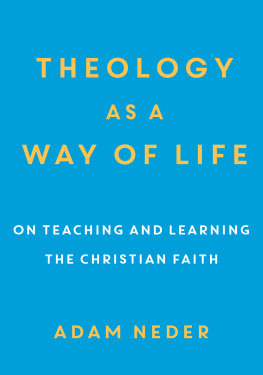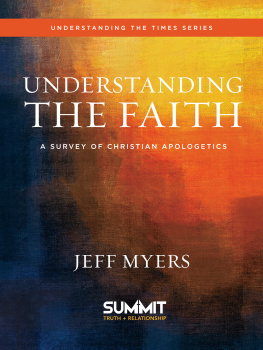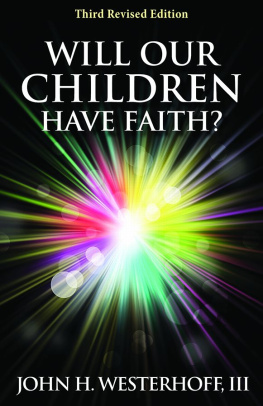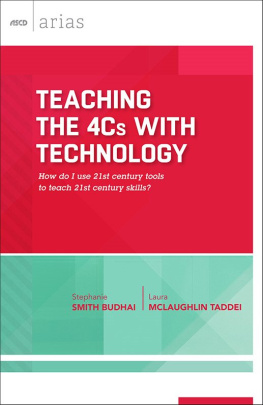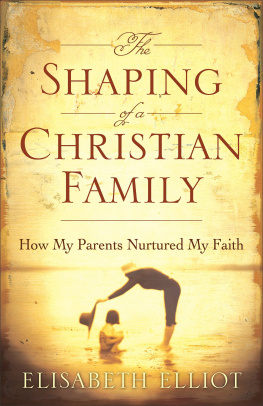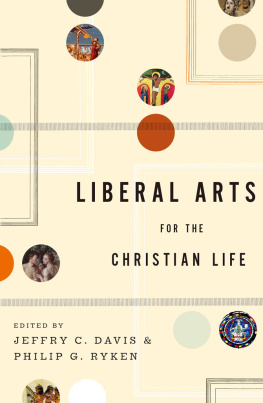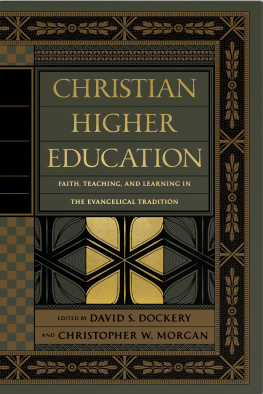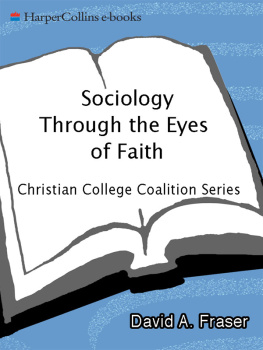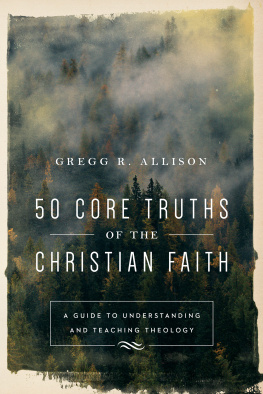On Christian Teaching
Practicing Faith in the Classroom
David I. Smith
WILLIAM B. EERDMANS PUBLISHING COMPANY
GRAND RAPIDS, MICHIGAN
Wm. B. Eerdmans Publishing Co.
2140 Oak Industrial Drive N.E., Grand Rapids, Michigan 49505
www.eerdmans.com
2018 David I. Smith
All rights reserved
Published 2018
2726252423222120191812345678910
ISBN 978-0-8028-7360-6
eISBN 978-1-4674-5064-5
Library of Congress Cataloging-in-Publication Data
Names: Smith, David, 1966 author.
Title: On Christian teaching : practicing faith in the classroom / David I. Smith.
Description: Grand Rapids : Eerdmans Publishing Co., 2018. | Includes bibliographical references and index.
Identifiers: LCCN 2018001801 | ISBN 9780802873606 (pbk. : alk. paper)
Subjects: LCSH: TeachingReligious aspectsChristianity. | TeachersReligious life. | Education (Christian theology) | Christian educationTeaching methods.
Classification: LCC BV4596.T43 S64 2018 | DDC 248.8/8dc23
LC record available at https://lccn.loc.gov/2018001801
Contents
There is by now a rather large library of literature on Christian education of various kinds that discusses how to integrate (or substitute your favorite term) faith and learning. Yet I still have the feeling that we have not done a great job at putting our finger on what might be Christian about the actual process of teaching. Not the history of ideas, nor Christian perspectives on our subject area, nor the kindness of our character, nor devotions, nor whether we get to share our faith verbally with students, nor our stance on postmodernism or the nature of knowledgeI mean the teaching itself, what actually happens during the times when we are trying to help students learn in educational settings. I think that this is particularly (though not uniquely) the case in Protestant circles. I find myself commonly disappointed when I read books and articles on Christian learning and look for insight about teaching. I am often left with the feeling that the ways we are used to performing Christian scholarship, for all their other merits, rarely taste of the classroom. I suppose this book might not taste quite right either, but I have tried to keep the focus squarely on one key question: is there such a thing as teaching Christianly, teaching in such a way that faith somehow informs the processes, the moves, the practices, the pedagogy, and not just the ideas that are conveyed or the spirit in which they are offered? I am going to argue that there is.
In order to keep the focus on teaching, I am going to rely on examining examples of teaching and learning more than on elaborating big ideas (though I do hope that this will prove to be a way of getting at some big ideas and showing why they matter). In this book I focus on face-to-face teaching in classroom environments, though much of what is said could be extended with appropriate modifications to other kinds of learning settings. I do not examine online learning; while I think the kind of analysis used in this book could be of interest in that context too, it is simply outside the scope of this particular book. (I am currently working with colleagues on another book on educational technology.) My goal here is not to provide a handbook to all kinds of teaching, but to clarify the role of faith in shaping our pedagogical approaches. I hope that by the end I will have made a reasonable case that faith can inform pedagogy, and will have given a concrete sense of how. I have long believed that this is a sorely underserved topic that is vital to the health of Christian education at all levels, and I hope that this book will contribute something to its elaboration. Thank you for reading it.
Acknowledgments
The book draws upon three decades of teaching, interacting with students and colleagues, and discussing teaching at conferences and seminars and in graduate education courses. I have drawn freely upon ideas that I have developed piecemeal in previous books and articles, bringing them together into a single story here. Thanks go in particular to the Journal of Christianity and World Languages and the International Journal of Christianity and Education for permission to reuse material. I have also drawn on more conversations, encounters, and lessons learned from others than I can possibly remember. The people who have influenced this book in some way are innumerable, yet still not to blame for the result, which I am afraid remains just the modest best I have been able to do with a topic that continues to exceed my efforts to capture it. I am particularly grateful to Trevor Cooling, Beth Green, James K. A. Smith, Jacob Stratman, Marj Terpstra, and Matthew Walhout for helpful feedback on penultimate drafts, and to Sarah Williams for a moment of insight and encouragement that weighed more than I suspect she realizes. My thanks to Herb Fynewever, Kurt Schaefer, Kara Sevensma, Michael Stob, and Frans Van Liere for sparking ideas or pointing me to and helping me track down important sources, and to Michele Rau for help with checking the final manuscript. My thanks also to Daniel McWhirter and Nathaniel Smith for stories. My colleagues and students at Calvin College and in workshops in many places around the world have helped shape many of the thoughts here. Chapter 9 benefited from my participation in a seminar on the theology of time led by Stanley Hauerwas, for which thanks are due to him and the other participants, as well as to Kurt Berends at the Issachar Fund. The editors at Eerdmans, particularly Jon Pott and David Bratt, have been patient and encouraging with a project that took far longer than projected, as has my wife, Julia, who continues to keep me sane. The Scrivener app by Literature and Latte has been utterly invaluable. These folk have helped in recent and concrete ways; there are many others stretching further back whose contribution has been just as important, and my thanks go to them too. What do we have that we have not received?
There is a line in a Bruce Cockburn song that describes the wild-eyed dogs of day to day nipping around our ankles. The image has long stuck with me. It tugs my attention toward the gaps that doggedly persist between Christian statements of educational mission and the daily realities of educational practice. The soaring eagles wings of Christian mission statements, philosophical perspectives, worldview declarations, and the like can raise our gaze and remind us that bigger things are at stake when we enter a classroom. Yet so much of what we do there is in the end decided closer to ankle level, closer to the place where the material pressures and quirks of our teaching contexts harry and herd our movements. Our declarations of faith strike up a stirring tune, but it is often the wild-eyed dogs of day-to-day that determine our dance steps. Amid the snapping and snarling, gaps appear between our aspirations and our practices.
I Hate That Book.
When my son was in high school, he took an advanced science course. The book he brought home was a monumental slab of learning with small pictures, smaller print, and a section, it seemed, for every last species of fungus. Braving its heft, I borrowed it and began to browse.
I soon ran across passages that made me wonder how my sons teacher would handle them in class. One page outlined the evidence for large meteor strikes in the past history of planet Earth and their catastrophic ecological effects. It noted that in terms of average historical intervals, we seem to be overdue for another large impact, and suggested that it is a statistical accident that anyone is still alive to read the book. On another page the quantities of various chemicals in the human body were enumerated and given a current market value in dollars. The process arrived at a rather modest value for a human being in chemical terms. My sons school was Christian. It does not take too much theology to lead one to wonder whether passages implying that the continuance of human life is a statistical accident or that a human body can be priced by weight and composition might at least require some qualification.



